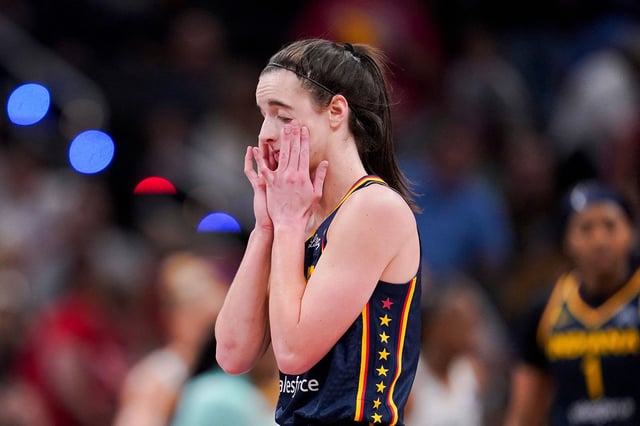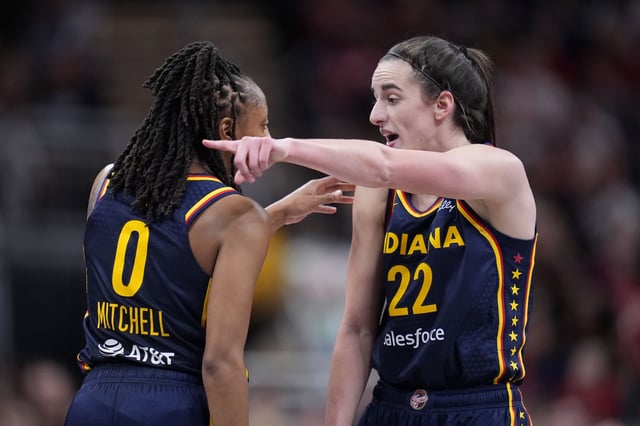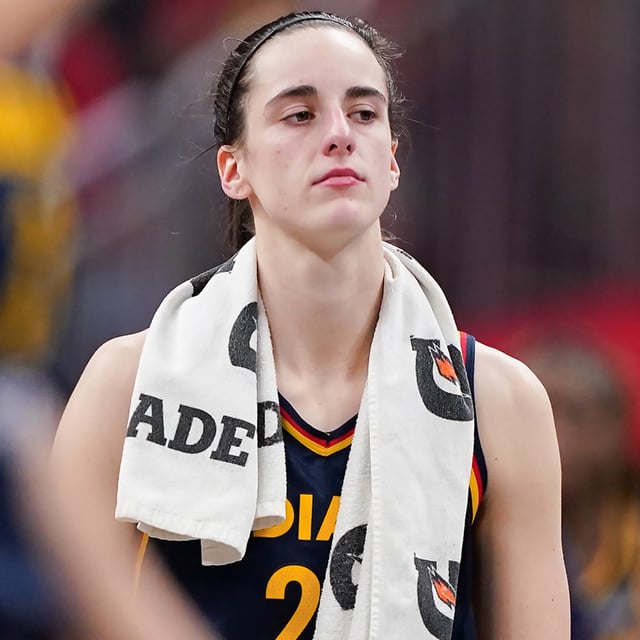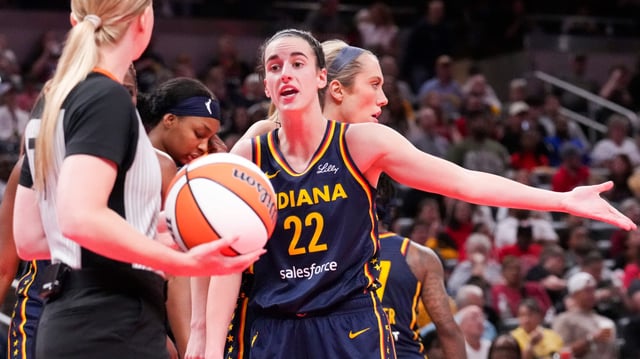Overview
- Taurasi's initial comments were perceived as harsh but aimed to prepare Clark for WNBA realities.
- Clark's early WNBA performances have been scrutinized, with shooting struggles and turnovers noted.
- Veteran players, including Breanna Stewart, have expressed support for Clark's potential and growth.
- Taurasi emphasizes that the WNBA's competitive nature makes it difficult for any rookie to feel comfortable.
- Clark acknowledges the speed of the professional game and remains optimistic about her development.



